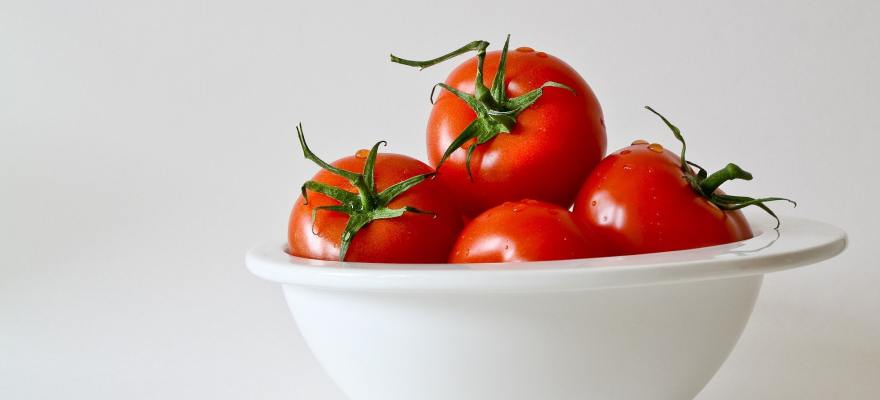
Fruits and vegetables. They’re necessary staples for a healthy and balanced diet, as most experts will attest. From crunchy leafy greens packed with amazing antioxidants to fleshy sweet fruits like apples and pears, produce is important for good nutrition at any age. As nutritious as they are, it’s also important to know how to properly wash fruits and vegetables before eating them to help prevent possible sickness from any food-borne illness.
Every once in a while, the news reports about outbreaks of food-borne illnesses. These illnesses can come from germs such as salmonella, E. coli and listeria. But don’t let this scary information stop you and your family from including fruits and vegetables in your diets. As long as you wash your produce before cooking and eating, you’ll greatly reduce your risk of food-borne illness (also known as food poisoning), and get all the optimum benefits fruits and vegetables have to offer.
How to Properly Clean Fruits and Vegetables
Having a colorful array of produce in your kitchen is good for you and your family’s health. Plus, everyone has their favorite fruit or vegetable (bananas, berries and grapes are popular!). When it comes to properly washing these items, the Centers for Disease Control (CDC) has steps you should take for reducing your risk of food-borne illness from produce. And, it all starts when you’re food shopping: Choose produce that isn’t bruised or damaged. If purchasing pre-cut produce, choose items that are refrigerated or kept on ice. The CDC also recommends separating fruits and vegetables from raw meat and seafood in your shopping cart and grocery bags.
At home, the CDC recommends the following steps for washing fruits and vegetables:
- Wash your hands, kitchen utensils and food prep surfaces, including chopping boards and countertops, before and after preparing fruits and vegetables.
- Clean fruits and vegetables before eating, cutting or cooking, unless the package says the contents have been washed. Wash or scrub fruits and vegetables under running water, even if you don’t plan to eat the peel. Germs on the peel or skin can get inside fruits and vegetables when you cut them.
- The CDC does not recommend washing fruits and vegetables with soap, detergent or commercial produce wash. Also, don’t use bleach solutions or other disinfecting products on fruits and vegetables.
- Cut away any damaged or bruised areas before preparing or eating. And dry fruits and vegetables with a clean paper towel.
- Keep fruits and vegetables separate from raw foods that come from animals, such as meat, poultry and seafood.
- Refrigerate fruits and vegetables within two hours after you cut, peel, or cook them (or one hour if exposed to temperatures above 90 degrees, like a hot car or picnic). Chill them at 40 degrees or colder in a clean container.
Additionally, if you’re washing heads of lettuce or cabbage, the U.S. Food and Drug Administration recommends removing the outermost leaves of these vegetables.
More information on how to properly wash fruits and vegetables is available at cdc.gov and fda.gov.
Wanna read more stuff like this? Get our newsletters packed with ideas, events, and information for parents in Staten Island.





